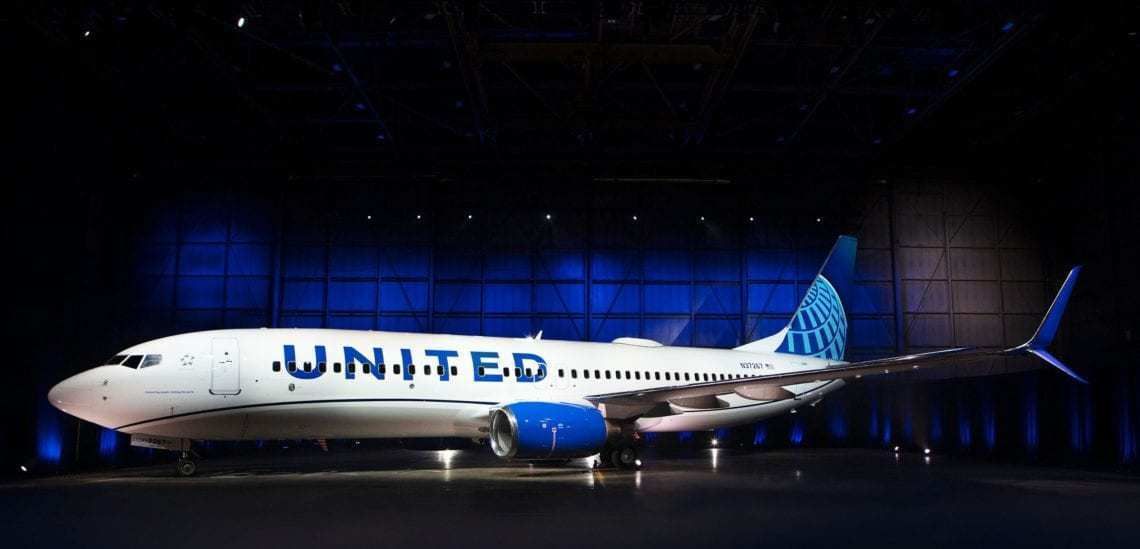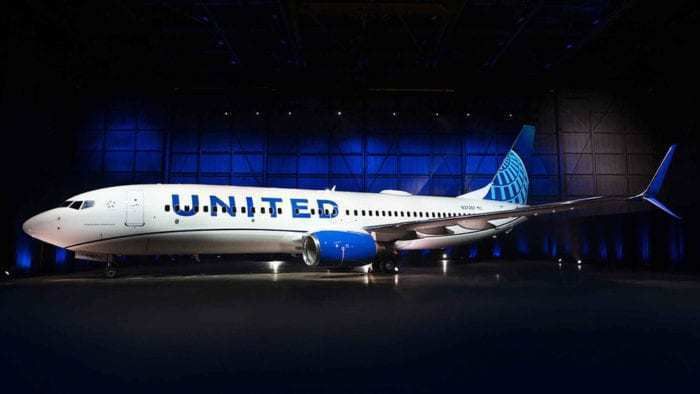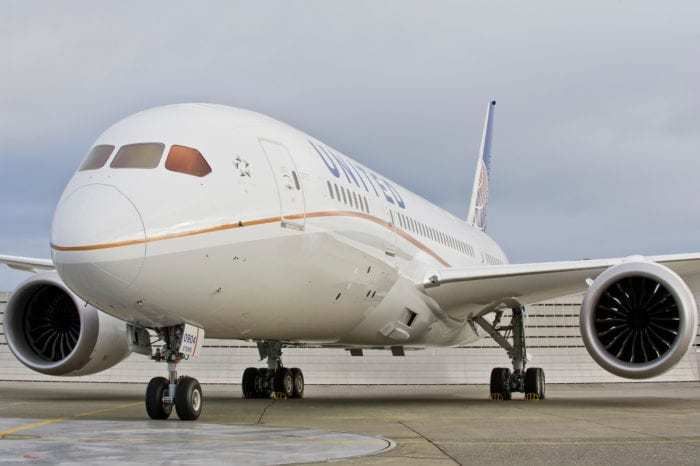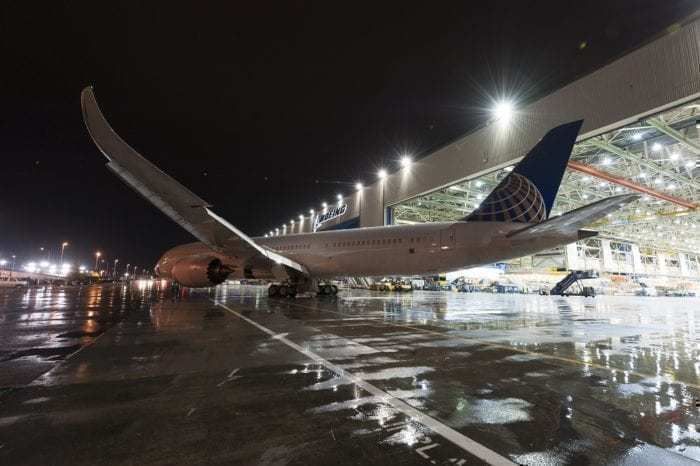An interesting new trend that has appeared in the commercial aviation space is airlines offering services to ensure that their passengers make their connections. United has revealed that they are using new technology to balance departing times, letting late runners board in time.
In the past, it was pot luck whether or not you would make a tight connection, with many passengers worried that their connecting flights (with the same airline no less) would fail to meet at the right time.
What are the details?
Before we dive into the solution United is offering, we should discuss the problem.
In the aviation industry, regulators such as the FAA monitor the departure times of aircraft. They use and publish this information publicly, allowing airlines to be ranked on a reliability index. It has always been in the best interest of airlines to close the gate when the aircraft is supposed to leave and send it on its way as to not affect their 'score'.
This means that airlines have put pressure on their gate agents to maintain that policy, even if they know a passenger is running late on a delayed connection about to arrive, or even literally running right in front of them.
In some cases, a passenger makes a flight but their bag fails to move across the airport. An airline not only needs to ensure that a passenger arrives on time but also with their luggage.
United is currently ranked sixth in on-time reliability, with Delta holding onto the number one spot. In November 2018, only 79.1% of flights in the US arrived on time.
What is United doing differently?
United has implemented a new system called 'Dynamic-D 0'. D 0 represents the remaining departure time, that gives gate agents information on delayed passengers and permission to delay the outgoing flight to meet them, as reported by Fortune Magazine.
"The system tells an employee, tells customers, ‘Hey, here’s five or six customers that are coming to this connection; they’re going to be five minutes late, but we know we can make up the time in flight on this particular flight,’” United President Scott Kirby said to Fortune Magazine. “Sometimes we can’t, and we don’t hold the airplane.”
United is also trying to schedule all flights to arrive 10 minutes early at destinations. This window allows flights to be delayed for connecting passengers without actually affecting their reliability score.
A centralized system will examine how many connecting passengers are on an incoming flight, and then decide if the delayed flight will have minimal disruption to the network. If so, the system notifies the gate agent who delays the flight.
Passengers are sent a text message that tells them the gate where they are arriving, the gate where they will depart and the expected travel time between the two gates. The texts will also include a link with step-by-step directions to the next gate and a map of nearby amenities.
Has the system worked?
Since the implementation of the system, United claims that thousands of passengers who would have had their holiday or travel plans interrupted have traveled almost without problems. This has been achieved via a delay of five minutes here and there, which is almost unnoticeable.
"Through improved technology and our dedication to running a reliable operation, customers with tight connections are making their flights. With summer travel picking up, as many as 150,000 customers will make connections on United flights every day and our goal is to provide our employees and these customers with the most up-to-date information to make connecting as stress-free as possible," said Toby Enqvist, chief customer officer at United in a statement.
Have you missed a connecting flight in the past? Share your stories in the comments.




